For the day and a half we're in El Rosario, Mama Espinoza's is as busy as it will get all year. The Baja 1000 has come to town, as it does every year. This family-run restaurant has been at the heart of it since 1967, when the first organized race saw motorcycles and buggies flying across some of the nastiest terrain geology can dish out. Now, the walls of Mama Espinoza's are covered in signed photographs - men on dirt bikes flying through the air in front of cacti and stony mountains, trucks kicking up huge plumes of dust - maps, and race memorabilia. When we stop in for dinner the tables are packed with these same men. Kelly and I wait a few minutes for a table to open, and order Pacifico. The place hums with the nervous energy of men who've waited all year and finally have a suitable outlet for their passion. Some drink Margaritas or Red Bull in silence, others check their phones and tablets, calling out times and distances. Next to us, a group of six has just sat down and ordered some lobster burritos, when one checks his phone. "Shit! He's at mile 370, just through check 3, cancel the order we gotta get moving." A minute later they're replaced by another group of men in dirty jeans and driving suits.
Riding into El Rosario, most of the traffic had been race traffic: Ford Raptor after Ford Raptor, beds packed with knobby tires and long-spouted containers of high-octane fuel, paraded to the pits at Cataviña. Trophy trucks and buggies, nothing but tubing, suspension, and plastic cladding encasing obscene engines were interspersed throughout. The trophy trucks slowed to pass us and when they tapped the gas on the other side it sounded like the earth was opening up. The power difference between our chosen modes of transport was startling. Kelly's stomach had been revolting all day, and though we had rested the day before, we decided to take a sick day in El Rosario, the last outpost before the 300 kilometer expanse of the Baja desert.
The next morning, after a restful night in our modest motel across the sandy parking lot, we head back to Mama's for breakfast. We start to sip our Nescafe when a couple more Ford's pull into the parking lot. Out pops a team we'd met in San Quintin, running the race's only stock (unmodified from the dealer, except for the addition of a roll cage, harnesses, and a skid plate). They're goal isn't a time, but simply to finish. They're part of a crew of 12 support trucks, 3 camera cars, and one helicopter, all funded by Ford to generate some press for a brand new truck. They'd been chipper and excited when we'd met them at 7am in San Quintin but now, walking through the door at Mama Espinoza's, they look like the walking dead. They sit down to chat and we find out they haven't slept since we saw them, having spent the night digging their support truck out of a mud hole at the bottom of a canyon. The mud was midway up the doors and it took them all night, but the race truck is doing well so they're in good spirits. "Are you going to finish?" Kelly asks.
"Yes," says Dustin, a young guy, with a thin, gallic face, who works for Ford and helped to build the truck.
Jason, hefty and freckled, shoots him a dirty look. "Why the hell did you just say that?" he asks.
"Yeah, yeah. You were thinking the same thing. Don't be so superstitious," Dustin responds. One of the team's drivers, still clad in his dusty canvas jumper, pulls back the tablecloth and raps the wood underneath. Jason follows suit.
"What I should have said is that our truck is doing really well right now," Dustin modifies. Jason and the driver nod their approval.
Kelly understands the superstition well. Road conditions, upcoming topography, wind, weather, and traffic are all things she'd prefer not be jinxed by an offhand comment. As we prepare to head into an unknown desert, Kelly's as nervous as she has been before any leg of the trip. When we leave the next morning, she'll have 20 liters of water strapped to the top of the trailer. The when's and how's of resupplying and sleeping in the desert are hearsay at this point and she wants to be prepared for the worst case scenario. I'm more optimistic but I try to keep that to myself.
What we do know when we leave El Rosario is that we'll have to climb from close to sea level up to 2,000 feet over the first 22 miles and then continue through a landscape that one touring blog described as "endlessly hilly." I'm still not sure how to read touring bicyclists' terrain descriptions (they often seem more a reflection of the riders psychological state while riding through a segment than an objective reflection of the topography) but I'm pretty sure that "endlessly hilly" is going to be a pain in the ass, however the rider was feeling.
When we leave, and the road turns inland, we're suddenly greeted by a bright green valley, with some of the happiest cow's in Baja munching on a field of grass. The oasis disappears as soon as we start climbing, up an immediately steep slope that's to set the tone for the rest of the day - sometimes brutal, sometimes gradual, but climbing, always climbing, the descents too short for the muscles to breath. But there's always beauty to take my mind off the grind. Surrounded by endless cacti and rings of rolling hills giving way to sharp peaks in the background, a stark and wide open sky. Even Kelly, who's been grumbling about the lack of greenery since Oregon, started muttering, "Jesus, that's pretty," as we wound our way into the desert.
After 29 miles, we came across the first sign of civilization since leaving El Rosario, a ramschakle restaraunt/truck stop that consisted of a simple stone house surrounded by a few weathered out-buildings, rusting vehicles, and wind-blown trash. Kelly goes in to inquire about camping in the area and the family inside says sure, camp wherever you like, motioning to the property behind the house. A middle-aged man with a dark face and a toothy smile comes out of the house to investigate. "Are you tired?" he asks.
"Yes, we left at 6am," I say.
He nods.
"Long distances here," I say.
"Yes," He says, and walks towards an out-building. A few small dogs and two kittens follow at his feet.
We set up camp behind the house. Kelly rests her bike against the bald, cracked tires of some rusting heavy equipment and we clear some broken glass to set up the tent. The ground is too hard to set stakes, so we use rocks to anchor against the mountain wind. Two skinny mutts come searching for food scraps and attention and Kelly gives them both. When I pee in the dirt, the littlest one, an ugly, daschund mongrel, comes and marks over my scent. He trots back to Kelly.
When camp's set up we head back to the restaurant for an early dinner. The whole family's still inside, hanging out as they must everyday. It's dark and stony, like a cave, but our eyes soon adjust to the light. The kitchen is run by three good-looking, well-fed women who whip up some of the best food we've had in Mexico so far. A little-boy who flashes us mischievous grins does laps around our table on his three-wheeler as we wait for food, crashing into the door when he gets bored. I'd been nervous about camping in the desert, vestiges of fear-mongering media and vague blog-mentions of random robbery and violence. But the reality of a family trying to sell enough food and coffee to subsist in the desert quickly makes my nervousness seem rather silly and xenophobic. The little-boy joins us at the table and starts crashing his toy bus into the salt and salsa bottles.
The next day we awake to roosters at 4am, drink coffe and make peanut butter and banana sandwiches for breakfast in the tent before the sun is up. We're back on the road shortly after sunrise. The day is hard, but not as bad, physically, as the previous, but it's mentally draining. For the first 30 miles we ride up and down a procession of low hills. "That's 7," Kelly says after riding up the seventh hill in the first 2 miles.
"Stop that," I say. "It'll make you crazy." The landscape is cacti and thornbrush, dirt pullouts, and bad asphalt, set on repeat. It feels like we're spinning in a hamster wheel. Counting or not, movement without progress will make you mad. We stop for a snack with some 15 miles to go before Cataviña. We're both done with the day, done with riding. A Subaru that'd just passed us flips around and comes back to chat. "Hey! I saw you guys on the road, and I was like wow, look at these guys! I was a mechanic in Colorado Springs for the U.S. cycling team. Name's Renee, I live up in Orange County, come down here a lot though, was born in Mexico City..." he goes on. Before long he's pulled out a homemade remote-controlled quadricopter that he's mounted a GoPro camera on. "Okay, you guys get riding, I'm gonna take some shots." The device whizzes into the air. "You guys have fun, until next time!" he says as he fiddles with the joysticks.
We start pedaling and the device is swooping in front of us like a Predator Drone about to take out some Afgan civilians. Within a kilometer the landscape changes. Huge boulders start popping up amidst the cacti and pretty soon it's a boulderer's paradise, huge piles of rock, some 150ft high litter the sides of the road, as far as the eye can see. Suddenly we're awake and engaged, riding through a world like nothing either of us have ever seen before. It puts a smile on my face and Cataviña doesn't seem so far away.
The next 3 days go by in a blur. We ride 66 miles through the hills, then 61. The desert is wide open and we want to get through it. By the time we start our last day before Guerrero Negro both Kelly and I are so tired we can barely drink our coffee. The last day is short and easy, only 23 miles of flat riding. My body has become so used to the rhythm of pedaling that I catch myself trying to doze off at 11mph. I spray myself with cold water and we keep riding.
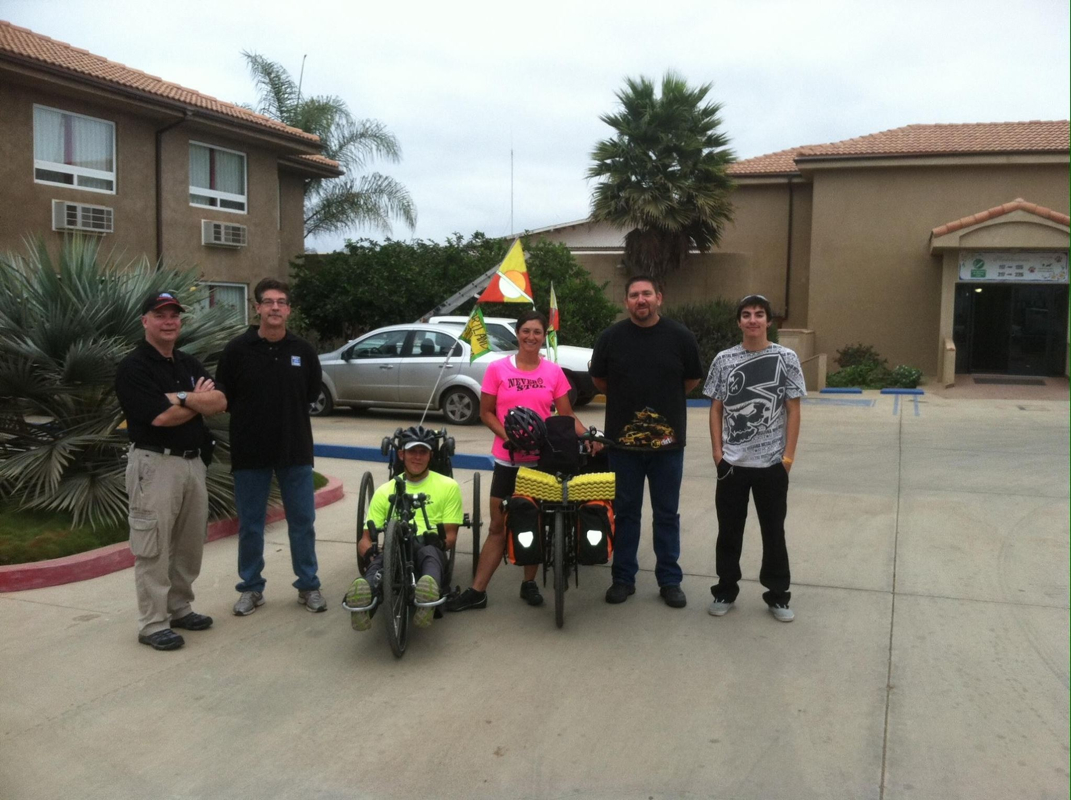







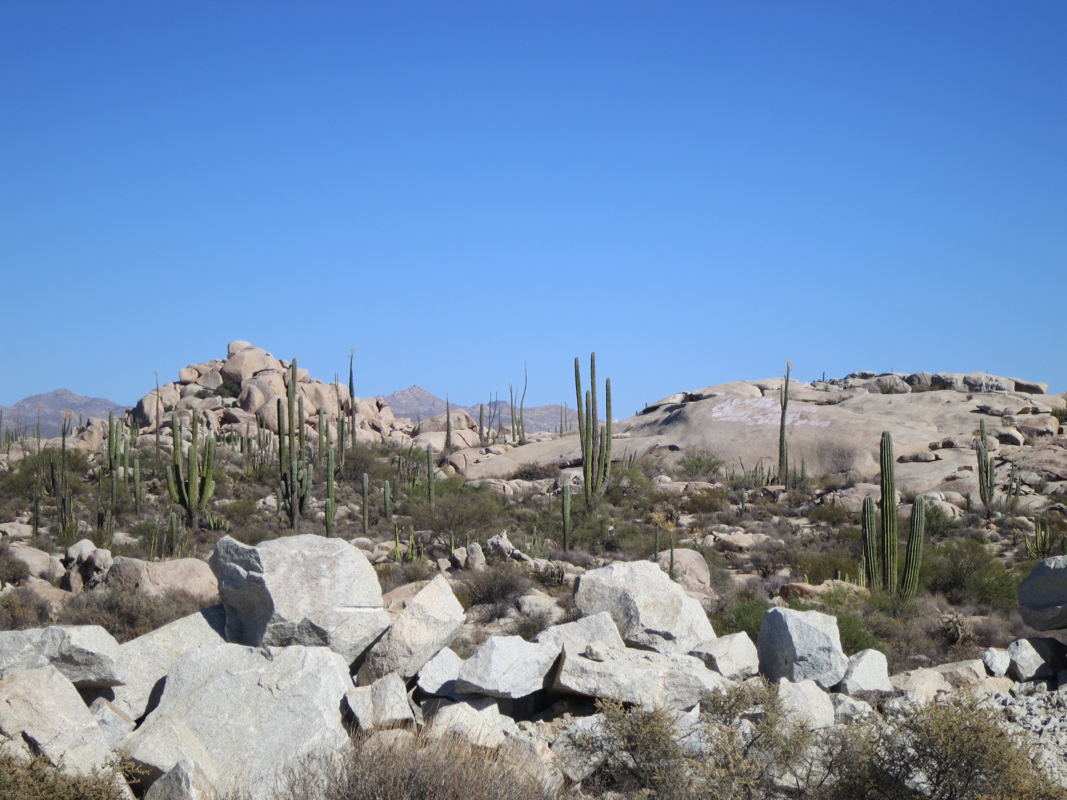












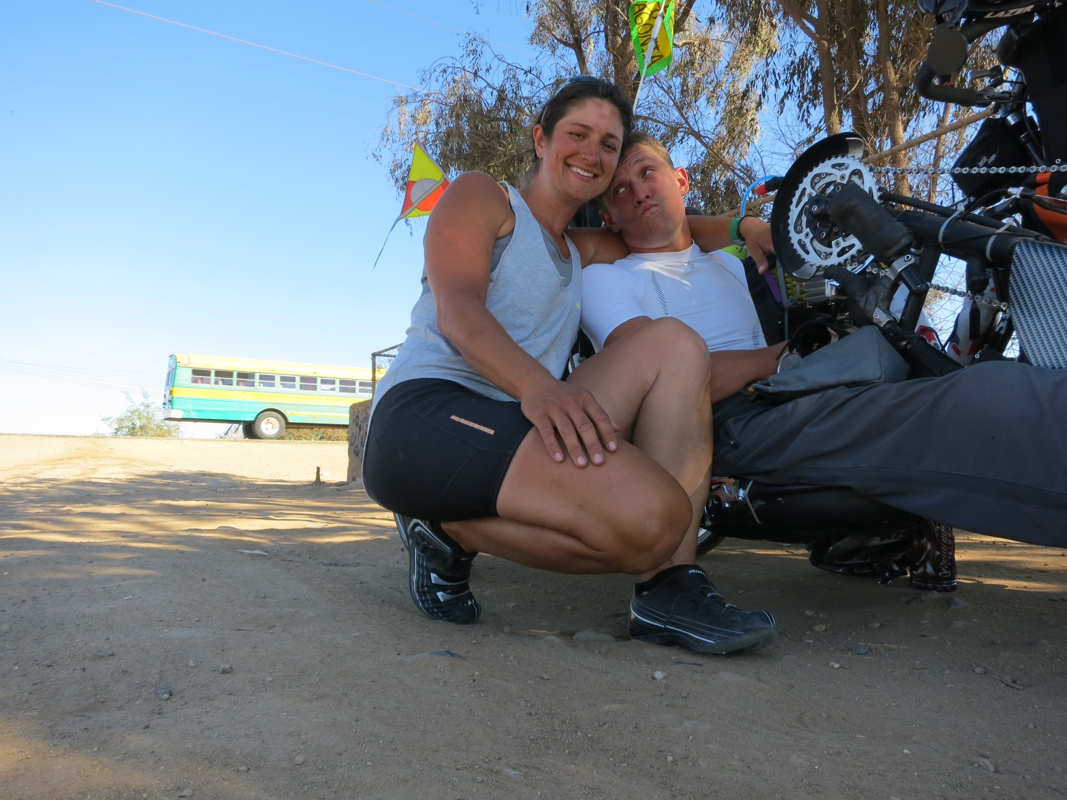



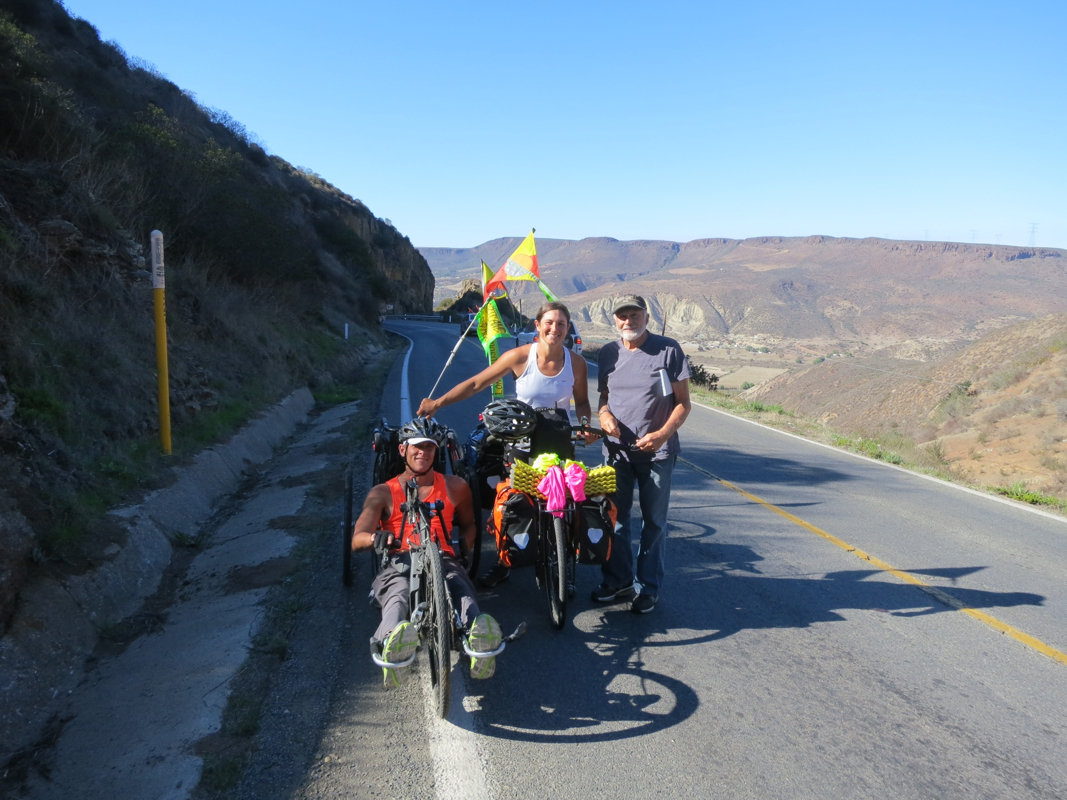
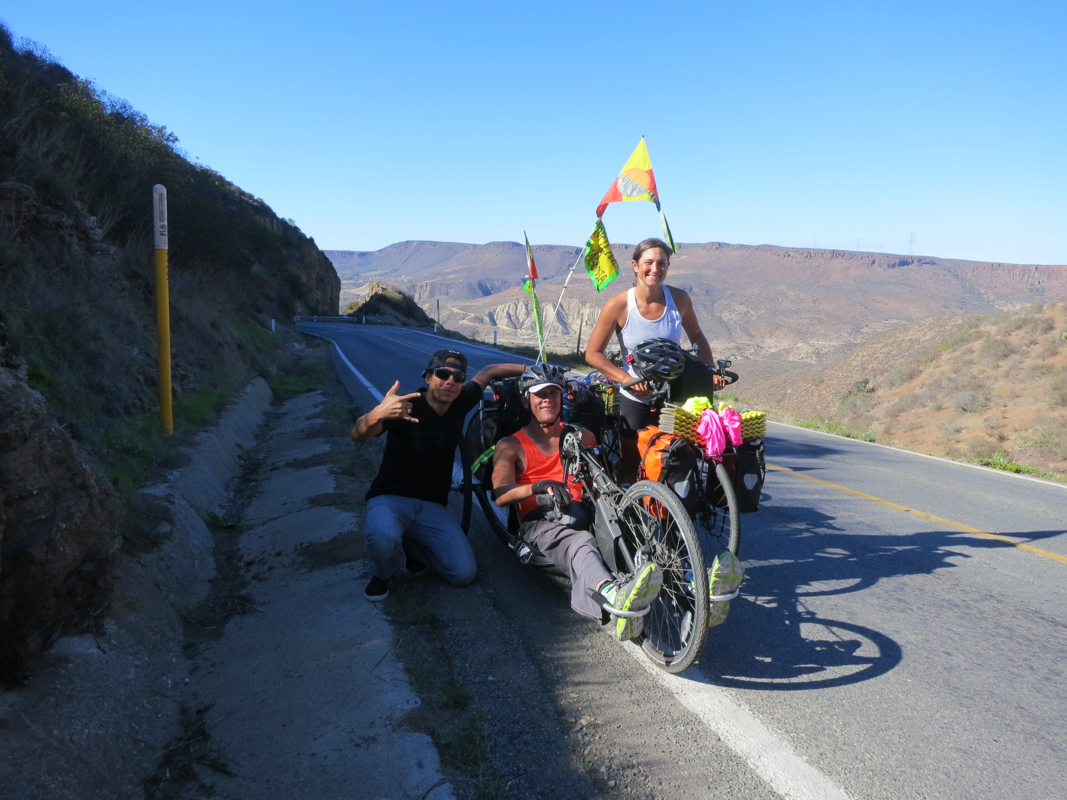
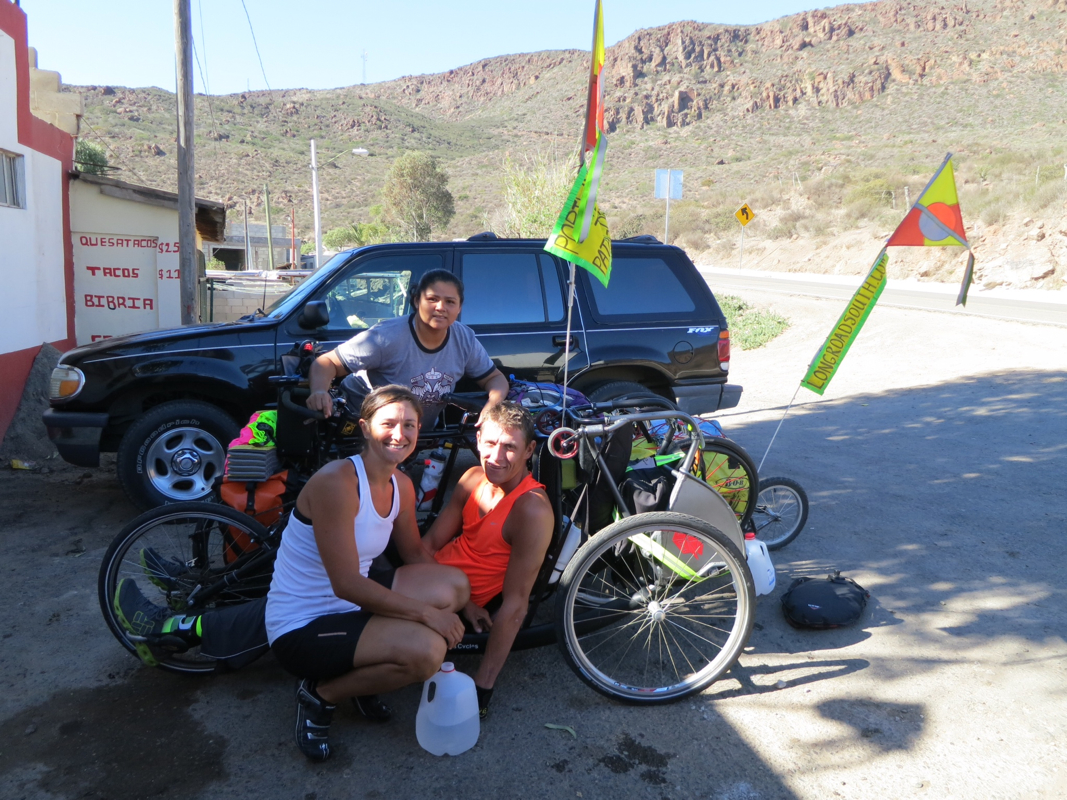





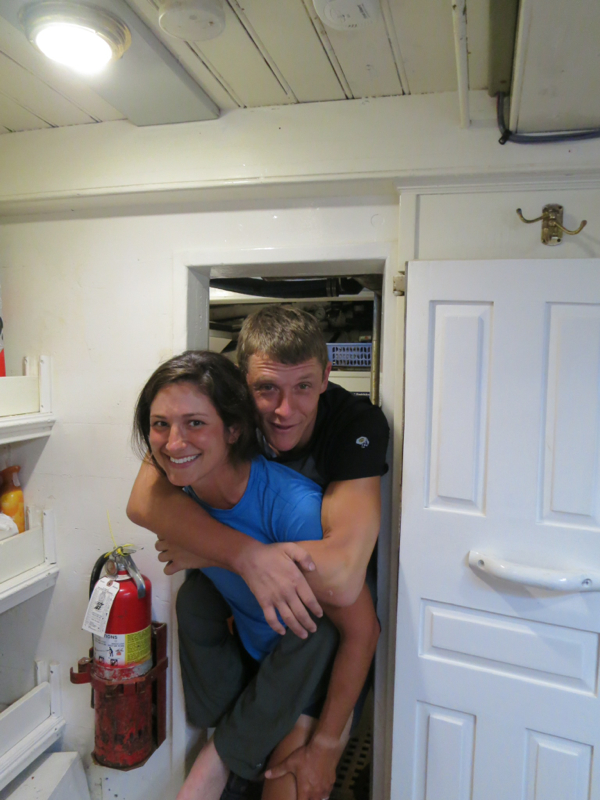












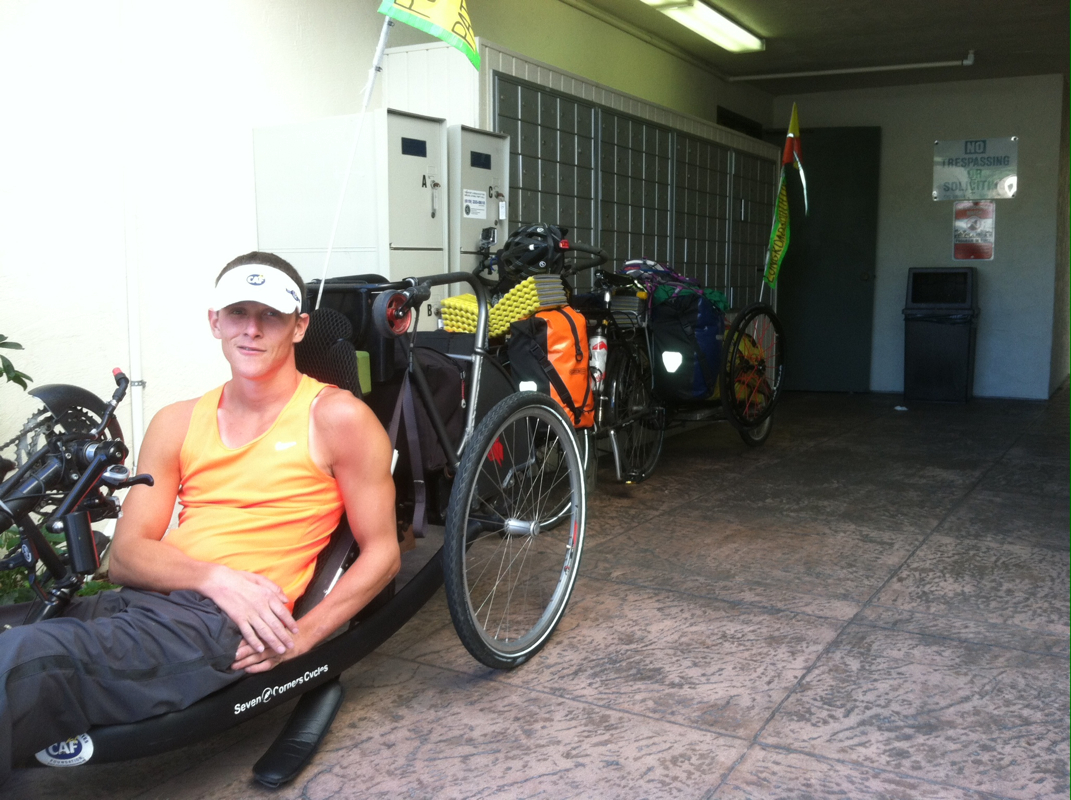
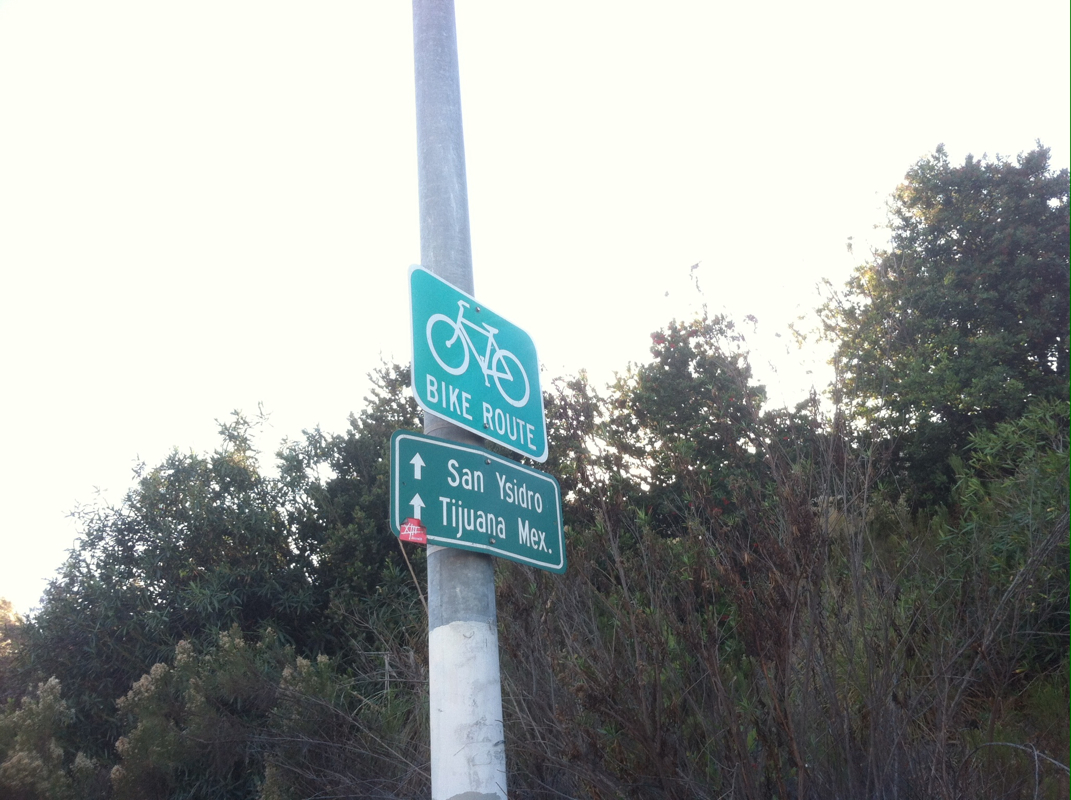
 RSS Feed
RSS Feed